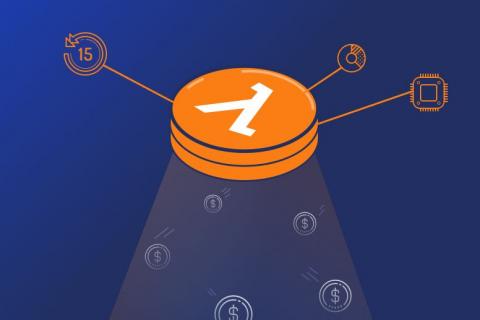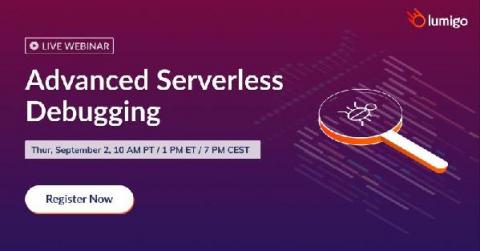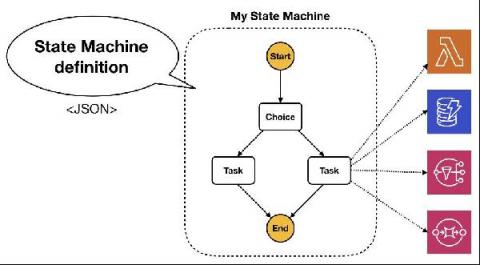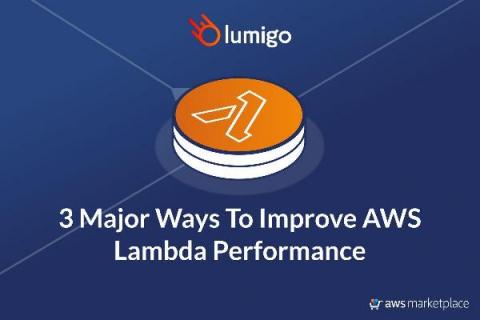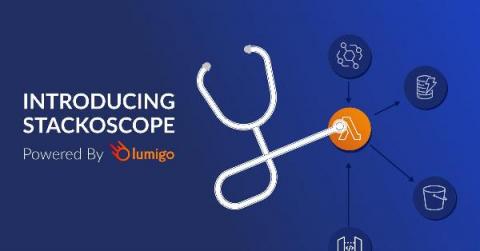Epsagon-to-Lumigo: a step-by-step migration guide
At Lumigo. we believe in serverless technology, and our mission is to make serverless development easy and fast. For the past few months, we’ve been extending our observability and debugging capabilities, making it a breeze for developers to understand the end-to-end story of every request that goes through the system, find the root causes of issues and be able to easily address them.





